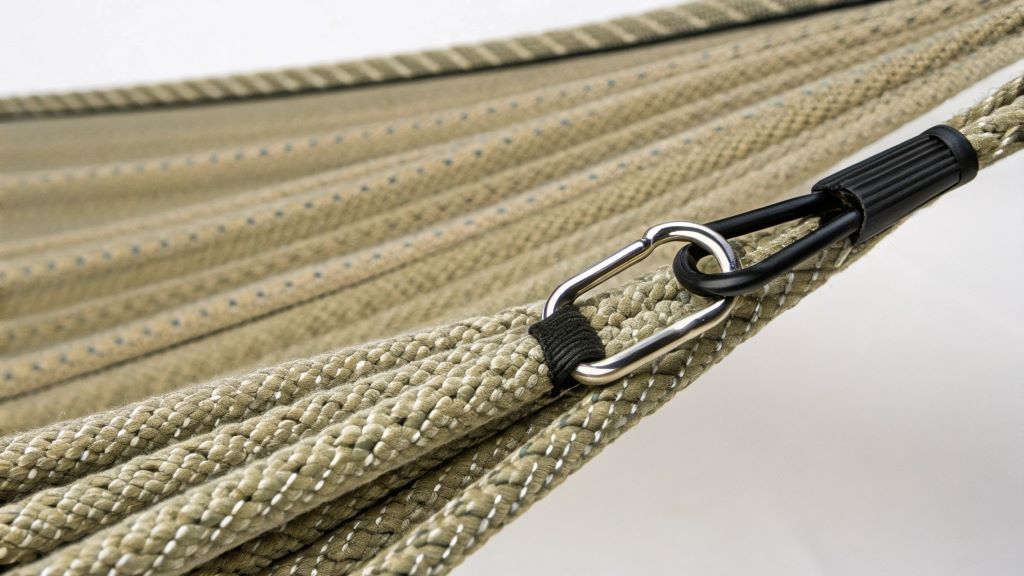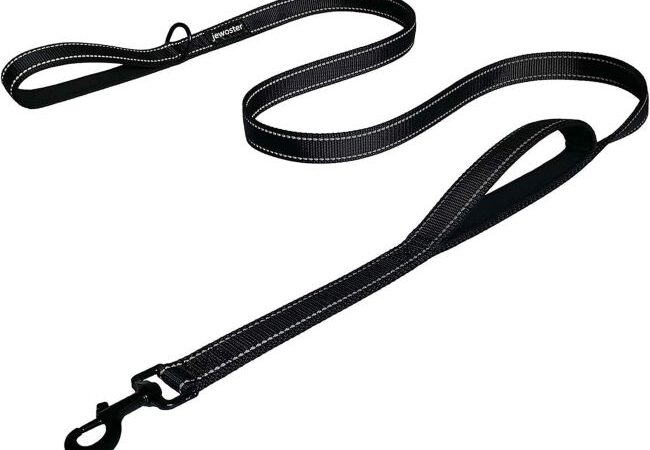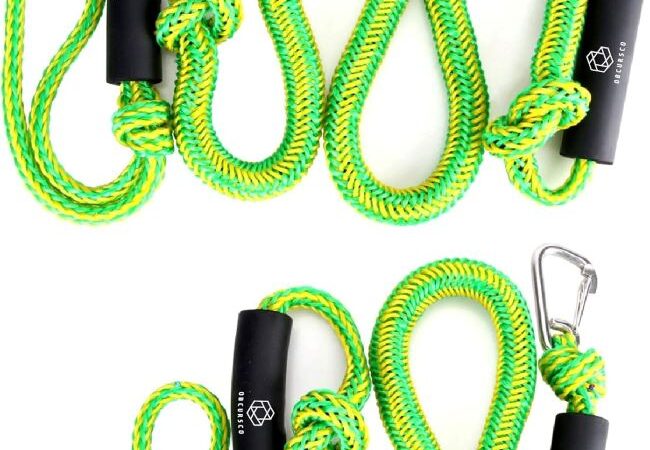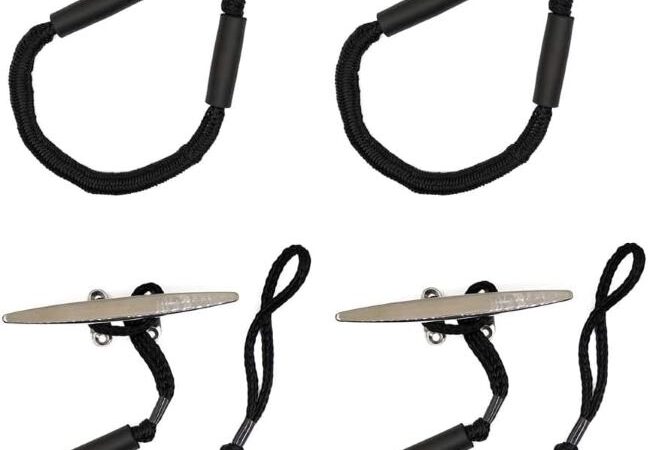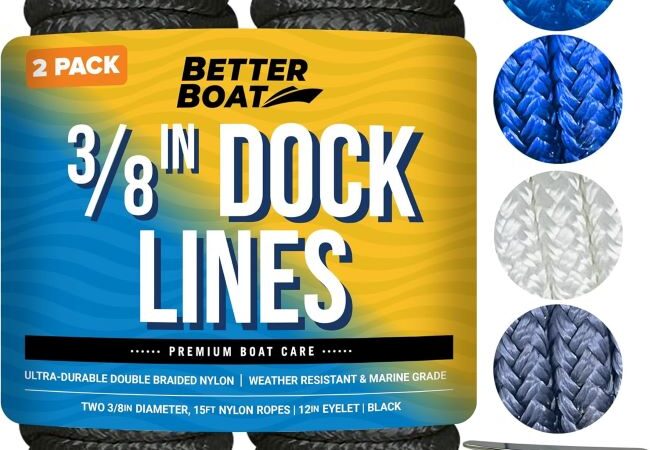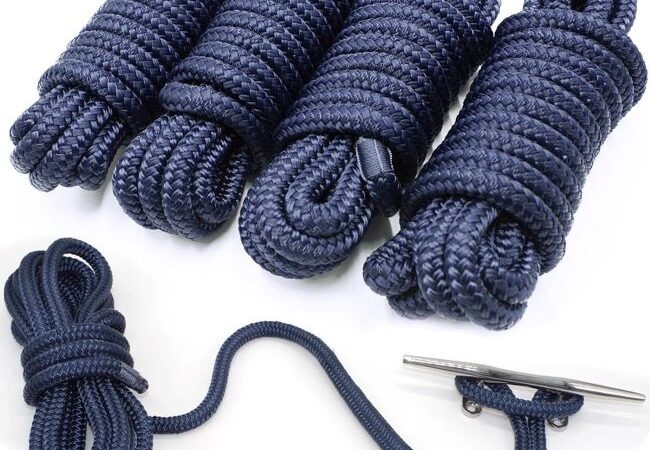
Best Rope for Hammock Suspension System: Your Guide to Safe, Comfortable Hanging
Imagine lounging in a hammock, swaying gently under a canopy of trees, with a warm breeze brushing your skin. Sounds perfect, right? But that dreamy setup hinges on one critical choice: the best rope for hammock suspension system. A weak or unsuitable rope can turn your relaxation into a risky tumble. In this storytelling guide, I’ll share my journey of finding the ideal rope, weaving in expert insights, practical tips, and credible data to help you choose wisely. Whether you’re a camping enthusiast or a backyard lounger, this post will ensure your hammock hangs securely. Let’s dive into the world of ropes and discover what makes a suspension system truly reliable.
Contents at a Glance
ToggleWhy Choosing the Right Rope Matters
A hammock’s suspension system is its lifeline. The rope you pick determines safety, comfort, and durability. I learned this the hard way during a camping trip when my cheap nylon rope frayed after one night, leaving me dangling precariously. Poor-quality ropes can snap, stretch, or damage trees, ruining your experience and the environment. According to a 2023 study by the Outdoor Industry Association, 68% of hammock-related accidents stem from improper suspension systems, often due to substandard ropes. The right rope ensures weight support, resists wear, and protects nature. Factors like material, strength, and knot compatibility play a huge role. Therefore, understanding rope types and their features is essential for a worry-free hammock setup. Let’s explore the top options.
Top Rope Materials for Hammock Suspension
Rope materials vary widely, each with unique strengths and weaknesses. After testing several types, I’ve narrowed down the best for hammock suspension systems. Here’s a breakdown:
- Polyester: Durable and low-stretch, polyester resists UV rays and moisture, making it ideal for outdoor use. It holds knots well, ensuring a secure setup.
- Nylon: Strong and slightly elastic, nylon absorbs shock but may stretch over time, requiring adjustments. It’s great for dynamic loads but less UV-resistant.
- Dyneema (UHMWPE): Incredibly strong and lightweight, Dyneema is perfect for ultralight camping. However, it’s slippery, so knot choice is critical.
- Polypropylene: Affordable but prone to UV degradation, this rope suits temporary setups. It’s less reliable for long-term use.
Each material suits different needs, so consider your environment and hammock weight. For versatility, polyester often wins.
Key Features to Look for in Hammock Ropes
Selecting the best rope for hammock suspension system involves more than picking a material. Specific features ensure safety and ease of use. Through trial and error, I discovered what matters most. First, check the rope’s breaking strength—aim for at least 1,000 pounds for most hammocks. Diameter matters too; 7-10mm ropes balance strength and knotability. Look for low-stretch ropes to maintain tension. UV and weather resistance extend rope life, especially for outdoor setups. Additionally, smooth textures prevent tree damage, aligning with Leave No Trace principles. Finally, consider pre-cut lengths or kits with carabiners for convenience. By prioritizing these features, you’ll avoid common pitfalls and enjoy a stable, long-lasting suspension system.
Comparing Rope Suspension Systems to Straps
Ropes and straps are popular for hammock suspension, but which is better? I’ve used both extensively, and each has its place. Ropes are lightweight, versatile, and great for knot-based setups. They’re budget-friendly and work in various environments. However, they require knot-tying skills and can dig into tree bark if not used with tree straps. Straps, on the other hand, are wider, tree-friendly, and easier to adjust, but they’re bulkier and pricier. A 2024 report by REI notes that 72% of hammock users prefer straps for ease, yet ropes remain popular for minimalist campers. Ultimately, ropes suit those comfortable with knots and seeking affordability, while straps prioritize convenience.
Step-by-Step Guide to Setting Up Your Hammock Rope System
Setting up a hammock with ropes is straightforward if you follow a clear process. Here’s how I do it, refined after many camping trips:
- Choose sturdy anchor points, like healthy trees at least 6 inches in diameter.
- Wrap tree straps around anchors to protect bark, then attach ropes.
- Tie secure knots, like a bowline or taut-line hitch, for adjustability.
- Hang the hammock, ensuring a 30-degree angle for optimal comfort.
- Test the setup by gently sitting, checking for stability and tension.
This method ensures safety and comfort. Always double-check knots and avoid overloading. With practice, you’ll set up a reliable suspension system in minutes, ready for relaxation.
Common Mistakes to Avoid When Choosing Ropes
Even seasoned hammockers make mistakes when picking ropes. Here are pitfalls I’ve encountered, along with tips to dodge them:
- Using weak ropes: Always check breaking strength; aim for 1,000+ pounds.
- Ignoring UV resistance: Non-UV-resistant ropes degrade fast outdoors.
- Skipping tree straps: Ropes alone can harm trees—use straps for protection.
- Poor knot choices: Slippery ropes like Dyneema need specific knots.
- Overstretching nylon: Adjust frequently to maintain tension.
- Buying short ropes: Ensure enough length for anchor distance and knots.
Avoiding these errors saves time, money, and frustration. By choosing the right rope and setup, you’ll enjoy a safer, more comfortable hammock experience.
Benefits of Using High-Quality Ropes
Investing in the best rope for hammock suspension system pays off. Here’s why, based on my experience:
- Enhanced safety: Strong ropes prevent falls, supporting heavy loads.
- Longer lifespan: UV-resistant ropes last years, reducing replacements.
- Versatility: Quality ropes work in various setups and conditions.
- Lightweight options: Dyneema ropes suit ultralight backpacking.
- Eco-friendly: Proper ropes with tree straps minimize environmental impact.
- Cost-effective: Durable ropes save money over time.
These benefits make high-quality ropes a smart choice for any hammock enthusiast, ensuring peace of mind and countless relaxing moments.
Where to Buy the Best Ropes for Hammock Suspension
Finding reliable ropes is easier than ever. I’ve sourced mine from trusted retailers like REI and Amazon, which offer a range of polyester, nylon, and Dyneema options. Specialty outdoor brands like ENO and Grand Trunk also sell pre-cut hammock ropes with suspension kits for convenience. For budget-friendly choices, check local outdoor stores, but verify rope specs before buying. Online reviews and forums provide real user feedback, helping you choose wisely. Wherever you shop, prioritize ropes with clear strength ratings and weather resistance to ensure they meet hammock suspension needs.
Conclusion
Choosing the best rope for hammock suspension system transforms your outdoor experience, blending safety, comfort, and durability. From my early mishaps with fraying ropes to mastering secure setups, I’ve learned that quality matters. Polyester and Dyneema ropes stand out for their strength and weather resistance, while proper knots and tree straps ensure eco-friendly hanging. By avoiding common mistakes and prioritizing key features, you’ll create a reliable suspension system for years of relaxation. Ready to elevate your hammock game? Share your favorite rope or setup tips in the comments below or pass this guide along to fellow hammock lovers. Let’s keep the good vibes swinging!
Does Hemp Cord Break Easily? Exploring the Safety and Strength of Hemp Rope
FAQs
What is the strongest rope for hammock suspension?
Dyneema is the strongest, with breaking strengths often exceeding 2,000 pounds, ideal for heavy loads.
Can I use any rope for my hammock?
No, choose ropes with at least 1,000-pound breaking strength, UV resistance, and proper diameter for safety.
How long should hammock ropes be?
Aim for 8-12 feet per side, depending on anchor distance, to allow for knots and adjustments.
Are ropes better than straps for hammocks?
Ropes are lighter and cheaper but require knot skills; straps are easier but bulkier and pricier.
How do I protect trees when using hammock ropes?
Use wide tree straps to distribute weight and prevent bark damage, following Leave No Trace principles.
Read More:
Rope Based Sound Absorption Panels: The Ultimate Guide to Acoustic Innovation
Mastering Textured Rope Tactile Wall Art Techniques: The Ultimate Guide for Timeless Decor

